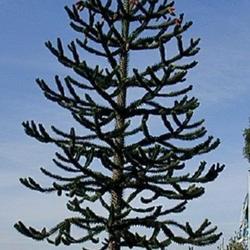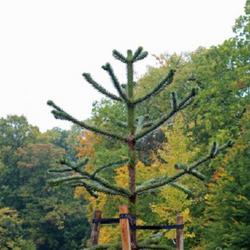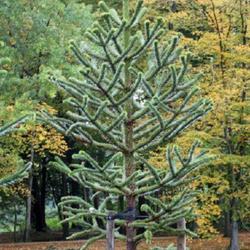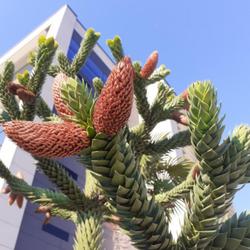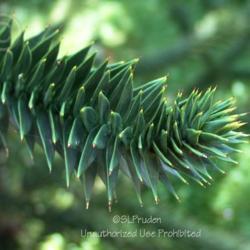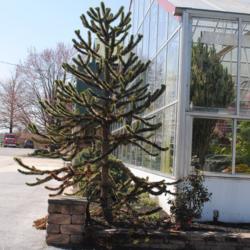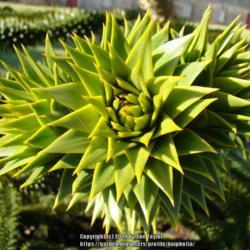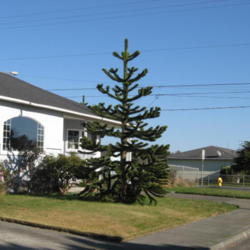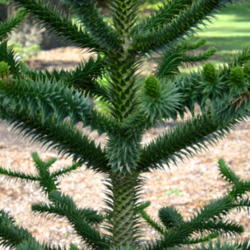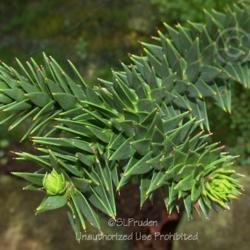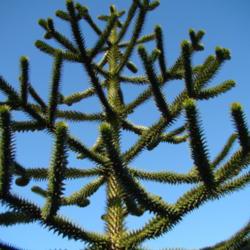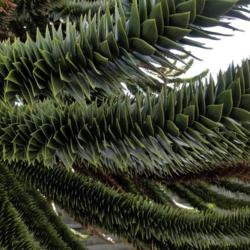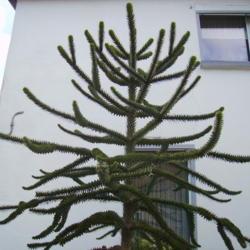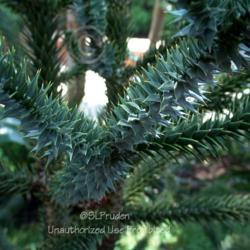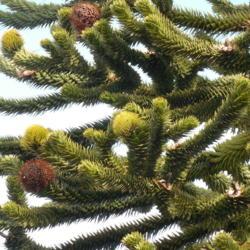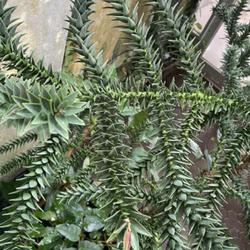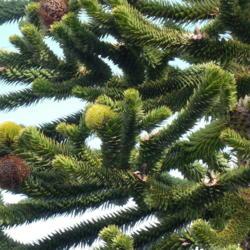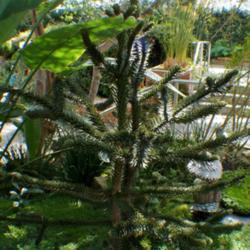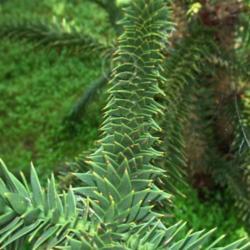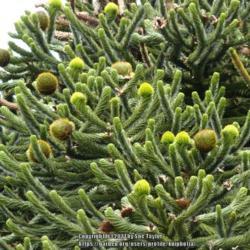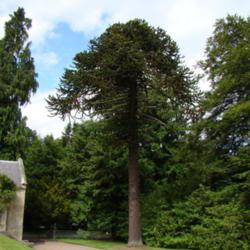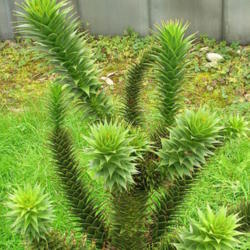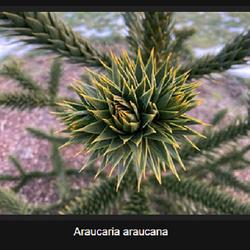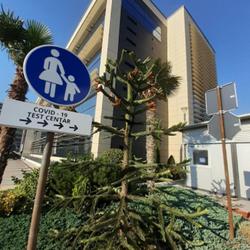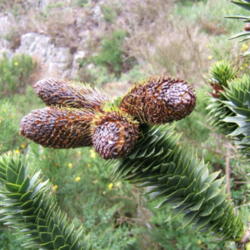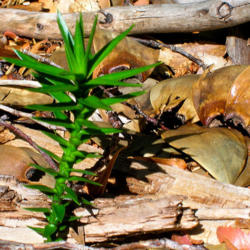| Plant Habit: | Tree |
| Life cycle: | Perennial |
| Sun Requirements: | Full Sun Full Sun to Partial Shade |
| Water Preferences: | Mesic |
| Soil pH Preferences: | Slightly acid (6.1 – 6.5) Neutral (6.6 – 7.3) Slightly alkaline (7.4 – 7.8) |
| Minimum cold hardiness: | Zone 7a -17.8 °C (0 °F) to -15 °C (5 °F) |
| Plant Height: | up to 130 feet |
| Plant Spread: | 20 to 30 feet |
| Leaves: | Evergreen Other: Sharply pointed |
| Flowers: | Inconspicuous |
| Underground structures: | Taproot |
| Uses: | Provides winter interest Useful for timber production |
| Edible Parts: | Seeds or Nuts Fruit |
| Eating Methods: | Cooked |
| Resistances: | Salt tolerant |
| Propagation: Seeds: | Self fertile |
| Pollinators: | Wind |
| Containers: | Not suitable for containers |
| Miscellaneous: | Tolerates poor soil Dioecious Endangered: Listed as 'Endangered' by the IUCN. |
| Conservation status: | Endangered (EN) |


